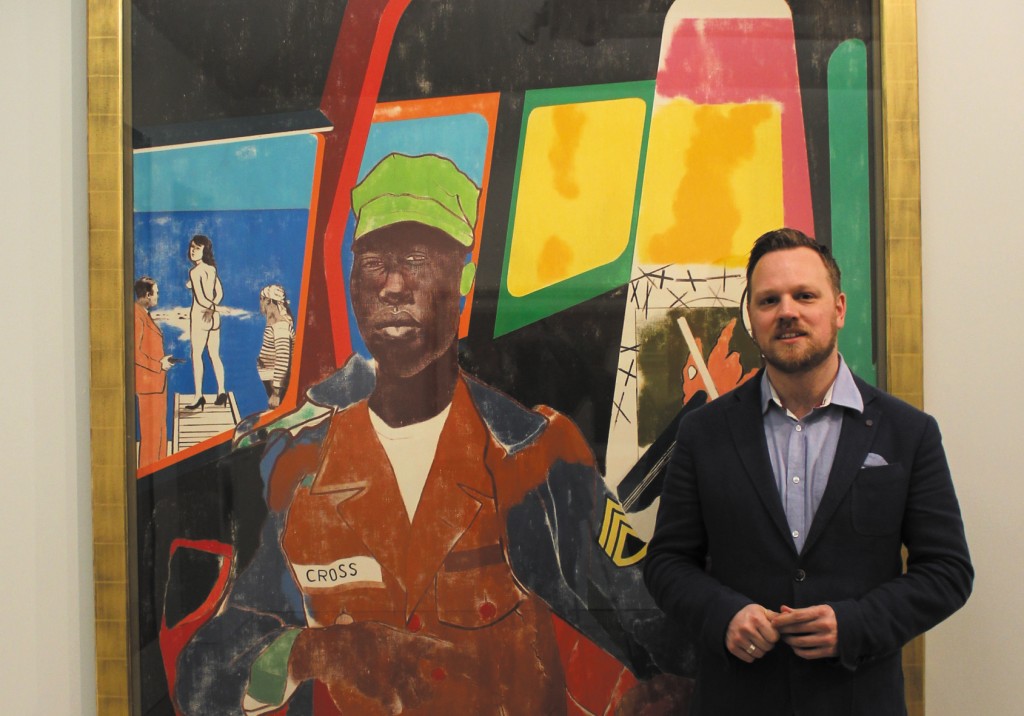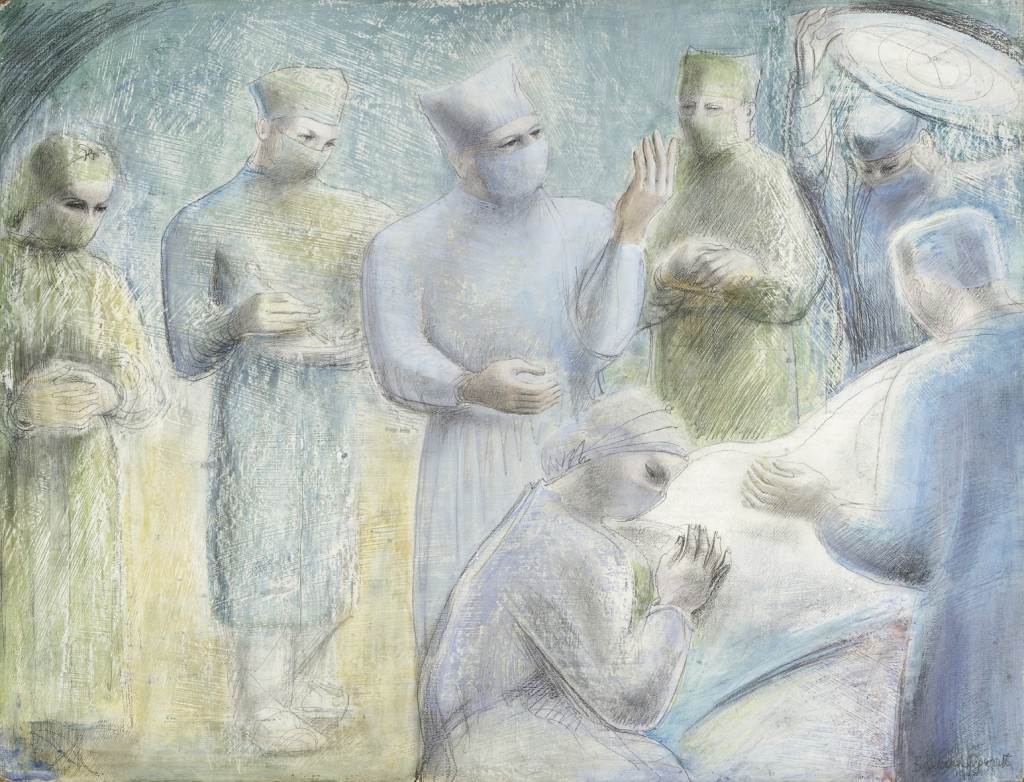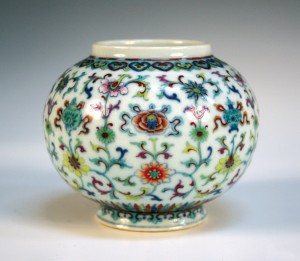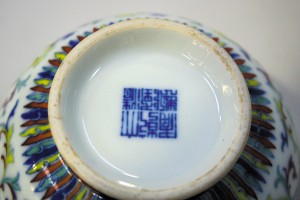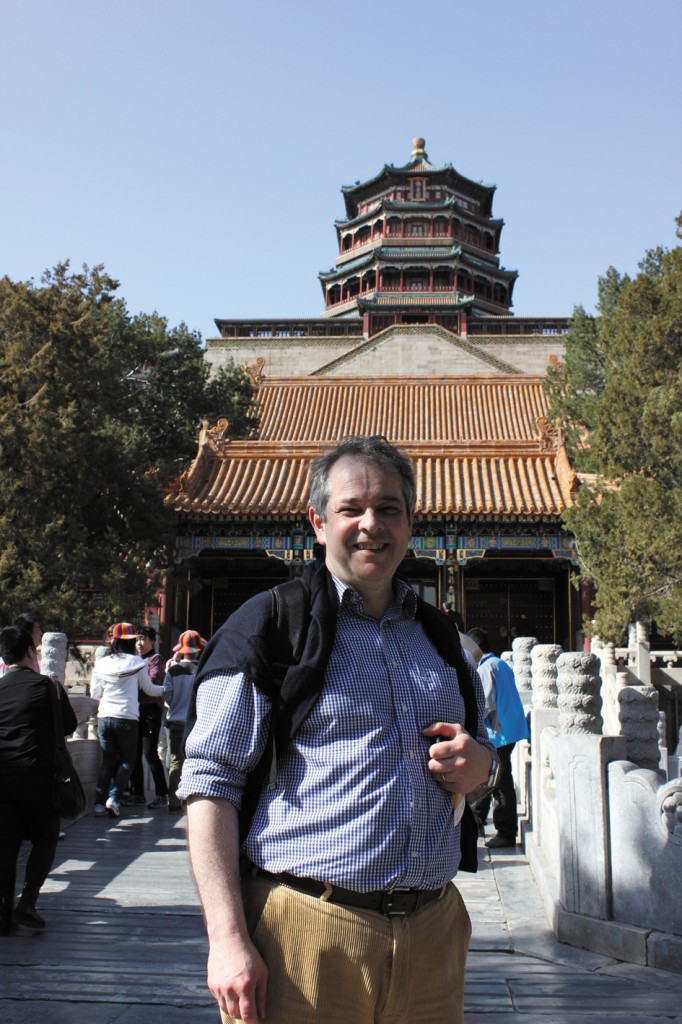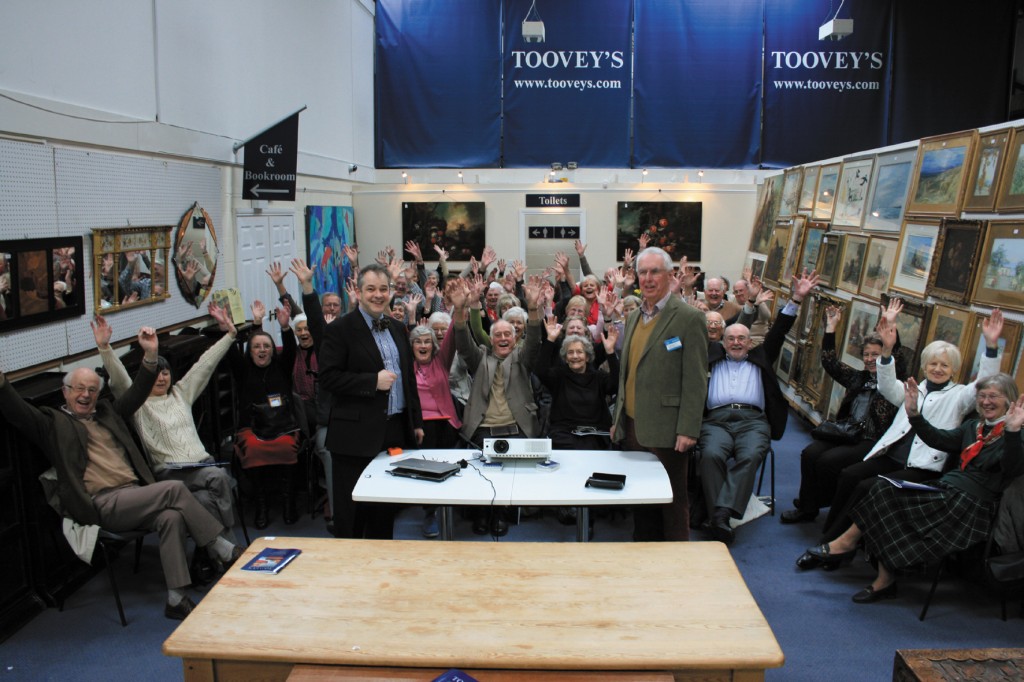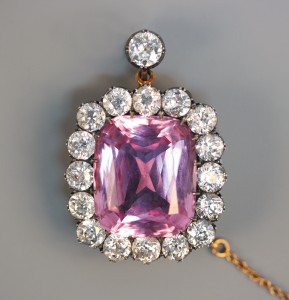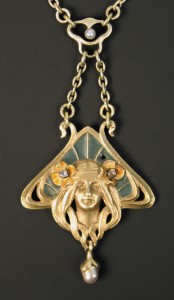
This year marks the 21st anniversary of the Brighton Toy and Model Museum in Brighton. It was founded in 1991 by museum director Chris Littledale, whose passion for model railways is at the heart of this extraordinary, jewel-like museum. The museum’s centrepiece is a working, 1930s O-gauge railway layout.
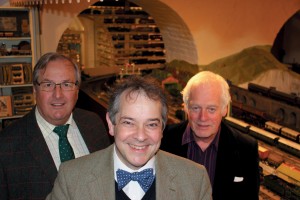
Chris Littledale describes his interest in trains as a lifelong passion, which he traces back to a live-steam model railway which he visited in Southsea with his uncle. “I still remember the smell, the steam and the noise,” Chris enthuses. “It seeded a lifelong passion for trains, which has never left me. When I was at boarding school, I found a second-hand O-gauge model railway for sale – it was beautiful!” Chris recalls that he so loved the set that he even tried to acquire a loan from the headmaster’s wife to purchase it, but was unsuccessful. All collectors have a list of the things which they have missed or failed to buy and it would seem that Chris is no exception. In his teens and early twenties, as his friends turned out their railways, he was on hand to buy their unwanted trains and accessories; they were wonderful things to his eyes. In those days just a pound or two would buy something lovely. By his twenties he was already restoring and repairing these childhood treasures. This collecting passion continued until one day there was model railway everywhere. “It was in cupboards, kitchen cabinets, even under the bed,” he acknowledges, “and I decided that I needed to share it all with others.” Collectors like Chris are often defined by this sense of custodianship, rather than ownership. Their delight in the acquisition of knowledge is frequently as strong as acquiring the object itself, and once we have acquired knowledge, we want to share it and our excitement with others.
Out of Chris Littledale’s generous desire to share his collection, the Brighton Toy and Model Museum was born. It fills a number of railway arches under the forecourt of Brighton railway station. The collection has many exhibits of national and international importance to the history of toys. On display are collections of Steiff and other soft toys, Meccano, Dinky, Tri-ang and Corgi vehicles and, of course, the trains. Today it draws people of similar passions from all over the world and is mostly run by volunteers.
A passion for trains is something which speaks into my own childhood. They say that the memories of those we love are as real to us as if they are our own. I grew up enthralled by Dad’s memories. My father, Alan Toovey, recounts, “I still remember vividly the noise and smell of the streamline L.M.S. Royal Scot express, liveried in blue and silver, coming at full tilt through Hatch End station, near Harrow, as I stood as a young boy on the footbridge, on my way to primary school.” This passion for trains has never left him. Enthusiasm for trains is something I have been rediscovering with my daughter, Emma, who you see here driving the rare Bassett-Lowke model of the Royal Scot with Chris Littledale.
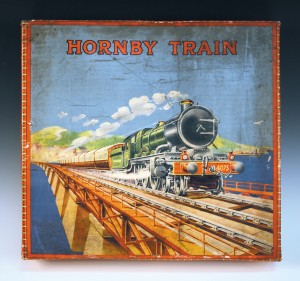
This year celebrates the 150th anniversary of the birth of Frank Hornby. He invented Meccano in 1901 and went on to make model trains after the Great War. The appeal of Hornby trains remains undiminished almost a century later. Many model trains are still affordable. Emma’s and my Hornby OO-gauge railway layout, with landscape and even a beach, is on a much more modest scale than Chris’ magnificent set at the museum, but it still delights. If you want to share in a passion for trains with fellow enthusiasts or relive childhood memories, visit the Brighton Toy and Model Museum. This is a place filled with life. The trains are not just static exhibits but are often run.
The museum is open Monday to Friday 10am to 5pm and Saturdays 11am to 5pm. To find out more, go to www.brightontoymuseum.co.uk or telephone 01273 749494.
More information on Toovey’s Specialist Sales of Toys, Dolls and Games can be found by clicking here.
By Revd. Rupert Toovey. Originally published on 22nd May 2013 in the West Sussex Gazette.
